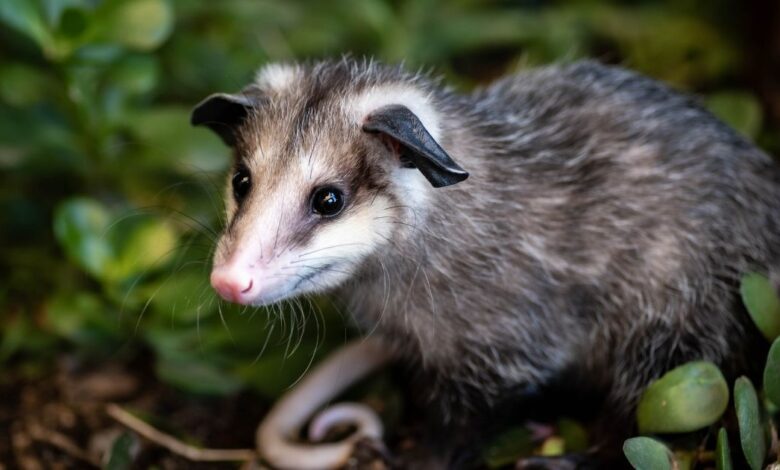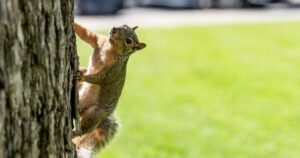Risks of DIY Wildlife Removal: Potential Dangers and Pitfalls

When facing unwelcome animal guests in the home, the temptation to handle the problem independently can be substantial. Enthusiastic homeowners may find themselves unprepared for the dangers of self-wildlife removal, which can lead to significant risks to both human safety and animal welfare. Without the proper knowledge and tools, people often misinterpret animal behavior or mishandle wildlife, resulting in injury or escalating the problem.
Why avoid DIY animal removal? It is more than just a straightforward task; understanding the behavior and biology of wildlife is crucial. Inadequate removal attempts can disturb other animals, creating a chain reaction that complicates the situation further. The importance of professional wildlife control becomes evident as trained experts can efficiently and humanely address these challenges, safeguarding both property and inhabitants.
Understanding the Risks of DIY Wildlife Removal
Attempting DIY wildlife removal may seem cost-effective, but it carries significant risks that can jeopardize safety and legality. Potential dangers involve exposure to diseases and injuries, while legal issues arise from mishandling regulated wildlife.
Potential Dangers and Health Risks
Handling wild animals without proper training exposes individuals to numerous hazards. Bites and scratches can result in serious infections or diseases such as rabies. Birds, bats, and raccoons often carry parasites or pathogens, increasing health risks.
Inhaling droppings might lead to respiratory diseases like Hantavirus or Histoplasmosis. When bats or birds nest in attics, exposure to guano poses severe health hazards. Protective gear and safe distance are crucial wildlife removal safety tips. However, even these precautions might not be enough to mitigate risks effectively without professional expertise.
Individuals attempting removal might encounter aggressive animals. Understanding animal behavior and employing proper removal techniques are paramount in such scenarios. Trained professionals have the knowledge to avoid escalation and ensure the humane handling of wildlife.
Legal Implications and Wildlife Regulations
DIY wildlife removal can lead to unintended legal consequences. Many regions have strict laws and regulations protecting wildlife, governing how animals can be captured or relocated. Violating these laws may result in hefty fines.
Permits might be required for certain species. Untrained removal efforts can inadvertently harm animals or displace them without permission from wildlife authorities. This not only breaches legal standards but can also negatively impact local ecosystems.
Homeowners must research local regulations before attempting removal. Consulting wildlife professionals ensures compliance with the law and promotes the humane treatment of animals.
DIY Wildlife Removal: Assessing the Consequences
DIY wildlife removal can lead to unintended outcomes, including property damage and personal injuries. When untrained individuals attempt to handle wildlife, they often face various complications.
Risk of Property Damage
Attempting to remove wildlife without professional help can result in significant property damage. Homeowners often underestimate animals’ persistence and strength, such as raccoons, squirrels, and opposums.
For example, sealing entry points without addressing existing infestations can lead to animals burrowing deeper, damaging insulation, wiring, and wooden structures. Droppings and other waste can cause staining or structural damage to roofs and walls, leading to costly repairs.
Moreover, ineffective traps and deterrents might not only fail to resolve the issue but could also encourage animals to find other entry points. Ensuring that wildlife is removed in a way that preserves the property’s structural integrity is crucial.
Personal Injury Concerns
Handling wild animals poses a significant risk of personal injury. Bites, scratches, and diseases such as rabies are common concerns when people engage in self-removal efforts. Attempting to capture or handle frightened animals can lead to aggressive behavior.
Additionally, climbing ladders to access nests or entry points increases the risk of falls or other accidents. Even small animals can deliver painful bites or scratches that may require medical attention.
Benefits of Hiring Professional Wildlife Removal Services
Hiring professional wildlife removal services offers advantages such as access to trained experts, ethical treatment solutions, and effective long-term control measures. Opting for professionals ensures that issues are resolved efficiently and that the methods used are humane and sustainable.
Expertise and Experience
Professionals bring specialized knowledge that is critical for addressing wildlife issues. They are trained to identify signs of wildlife presence and understand species-specific behaviors. This expertise leads to accurate assessments and efficient intervention.
Licensed wildlife removal experts use equipment and techniques tailored for safe and effective removal. Their proficiency minimizes risks associated with incorrect handling, ensuring the safety of the handlers and the animals involved. This level of expertise is crucial for resolving complex situations that amateurs may find challenging.
Ensuring Humane and Ethical Treatment
Ethical handling and humane treatment of wildlife are priorities for professional services. These experts are equipped with the knowledge to handle animals compassionately, adhering to local wildlife laws and regulations, which are crucial for maintaining ecological balance.
Professionals often use non-lethal methods and focus on relocating rather than exterminating, emphasizing humane practices. They implement ethical strategies that protect not only the animals but also the homeowners’ property. This approach aligns with the growing importance of professional wildlife control that respects animal rights.






